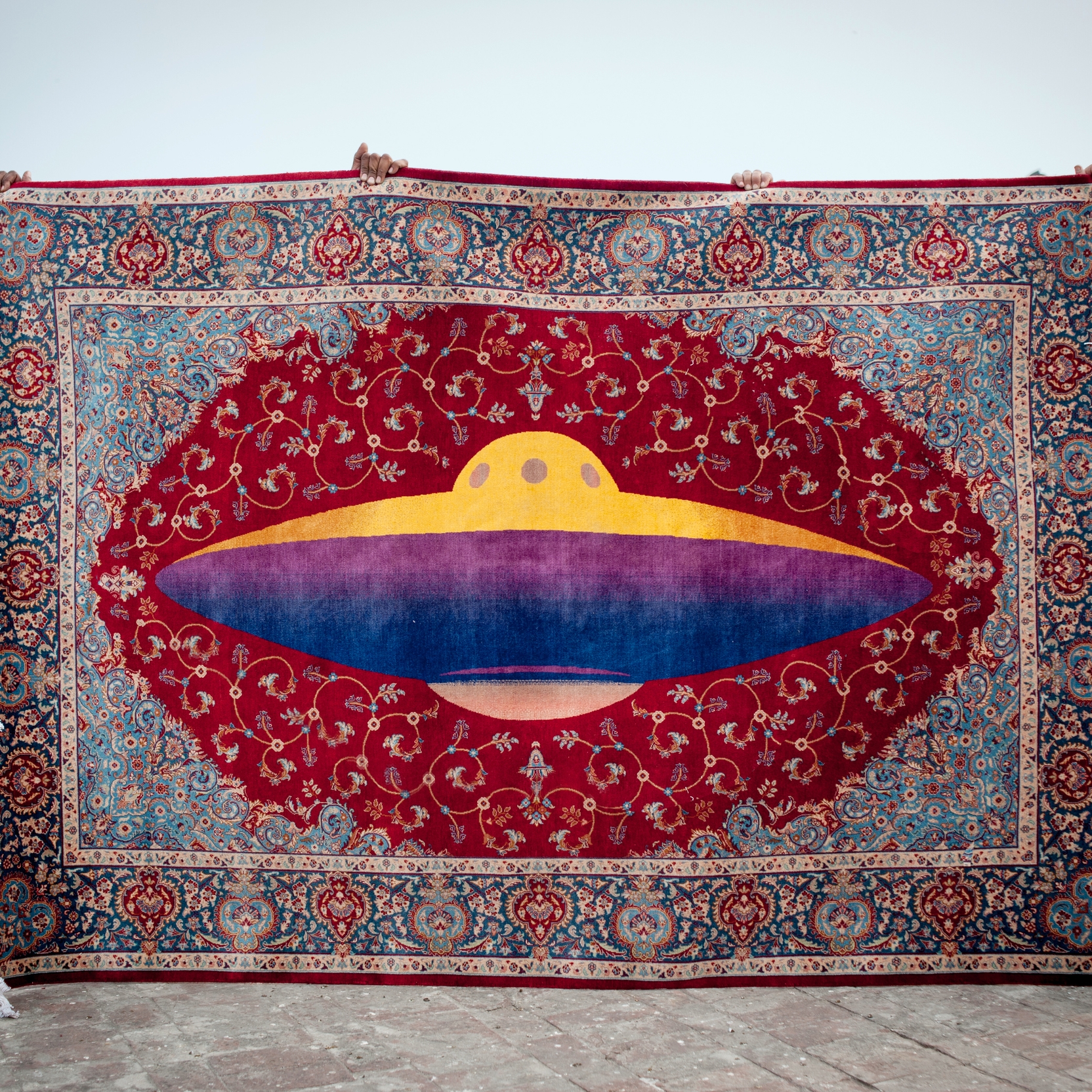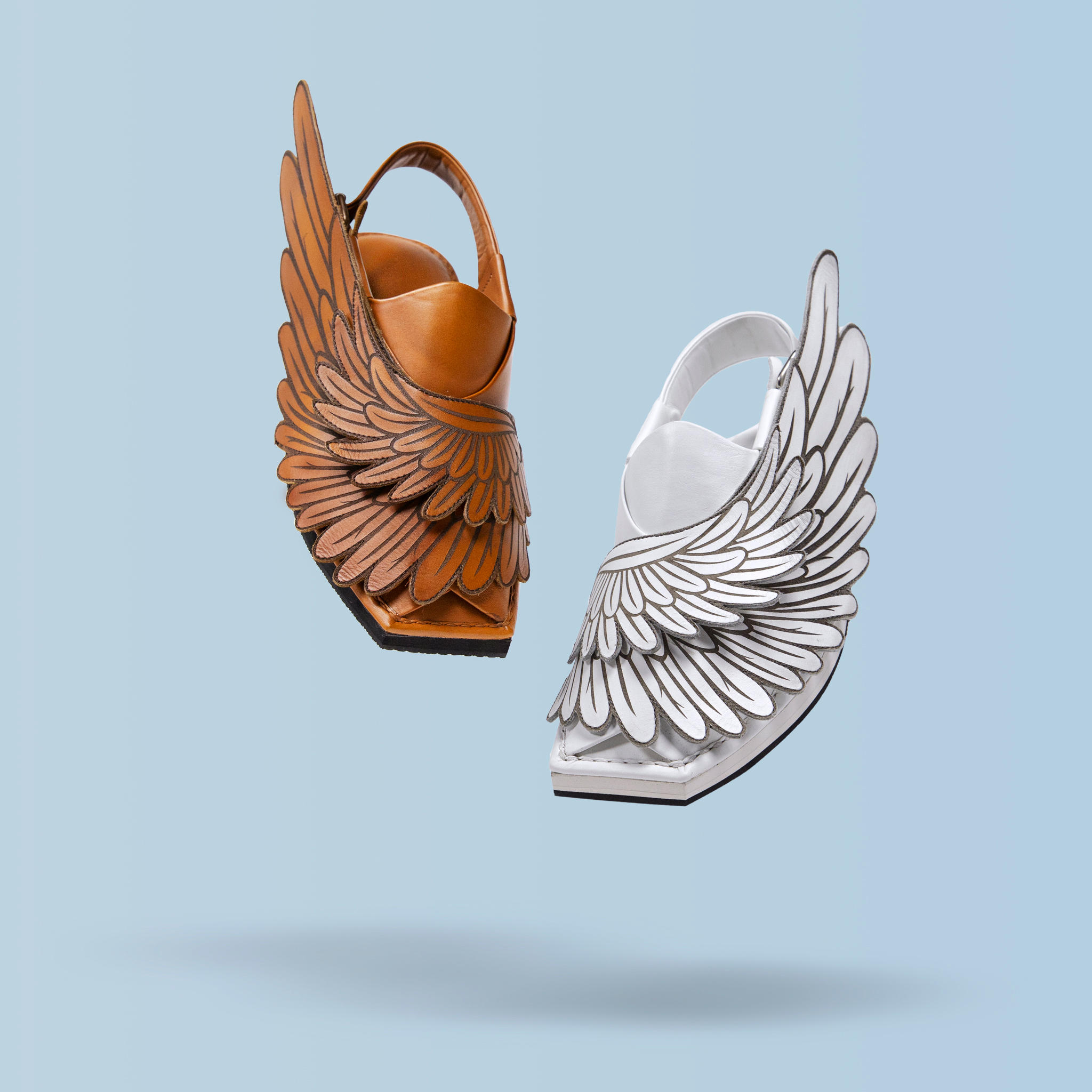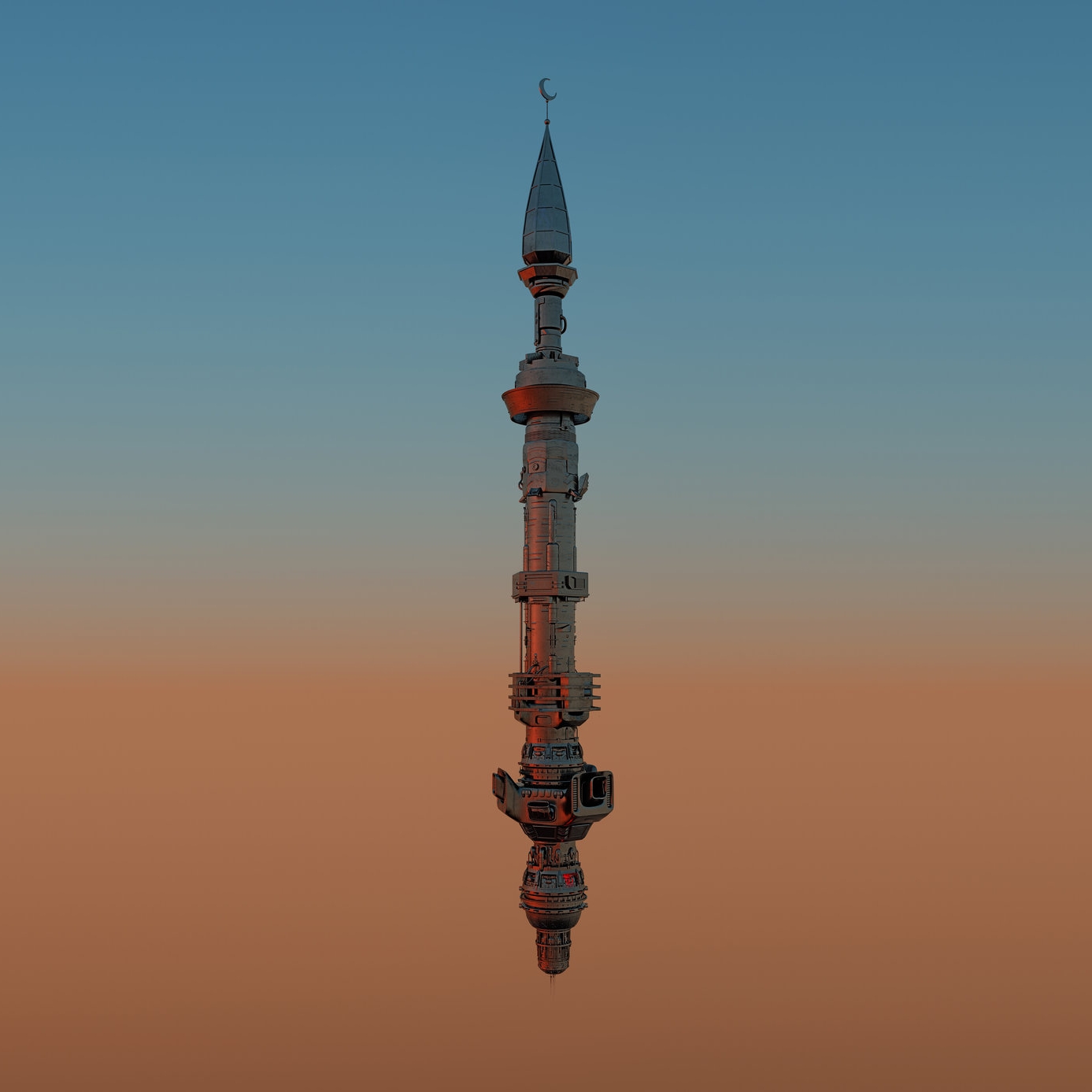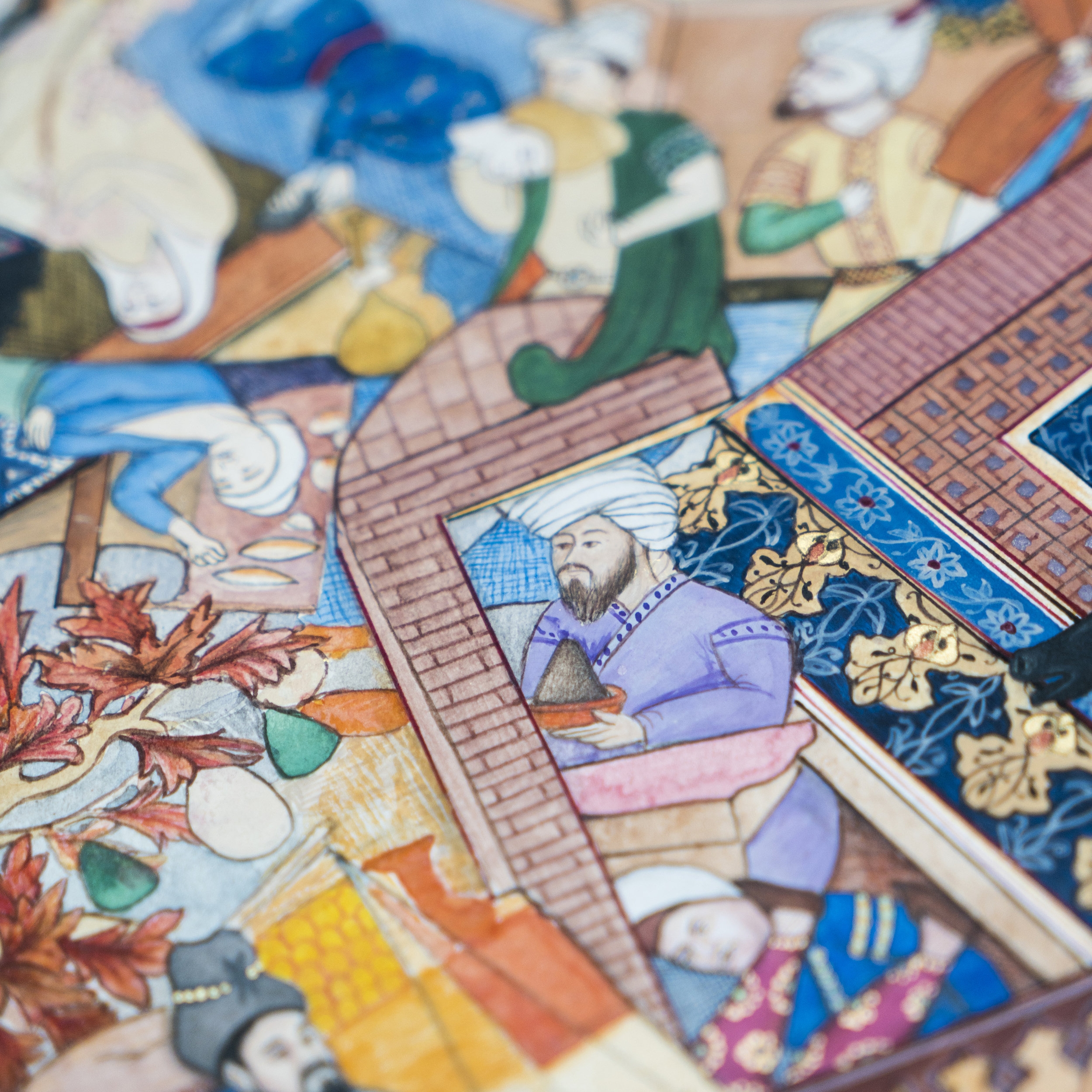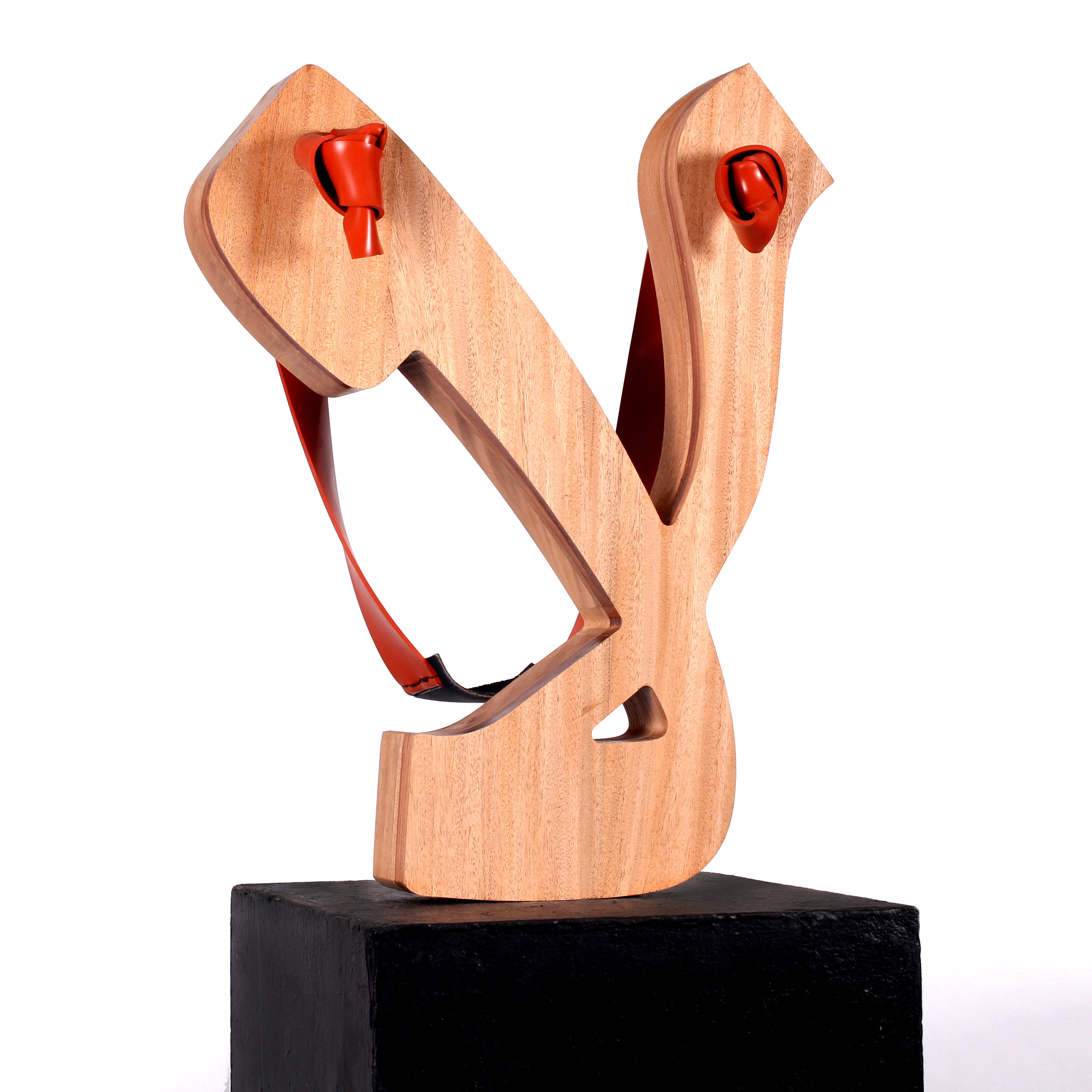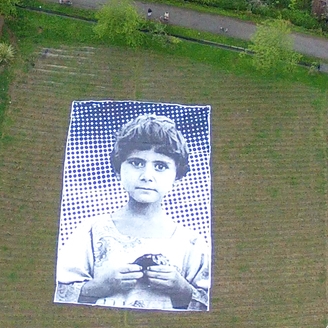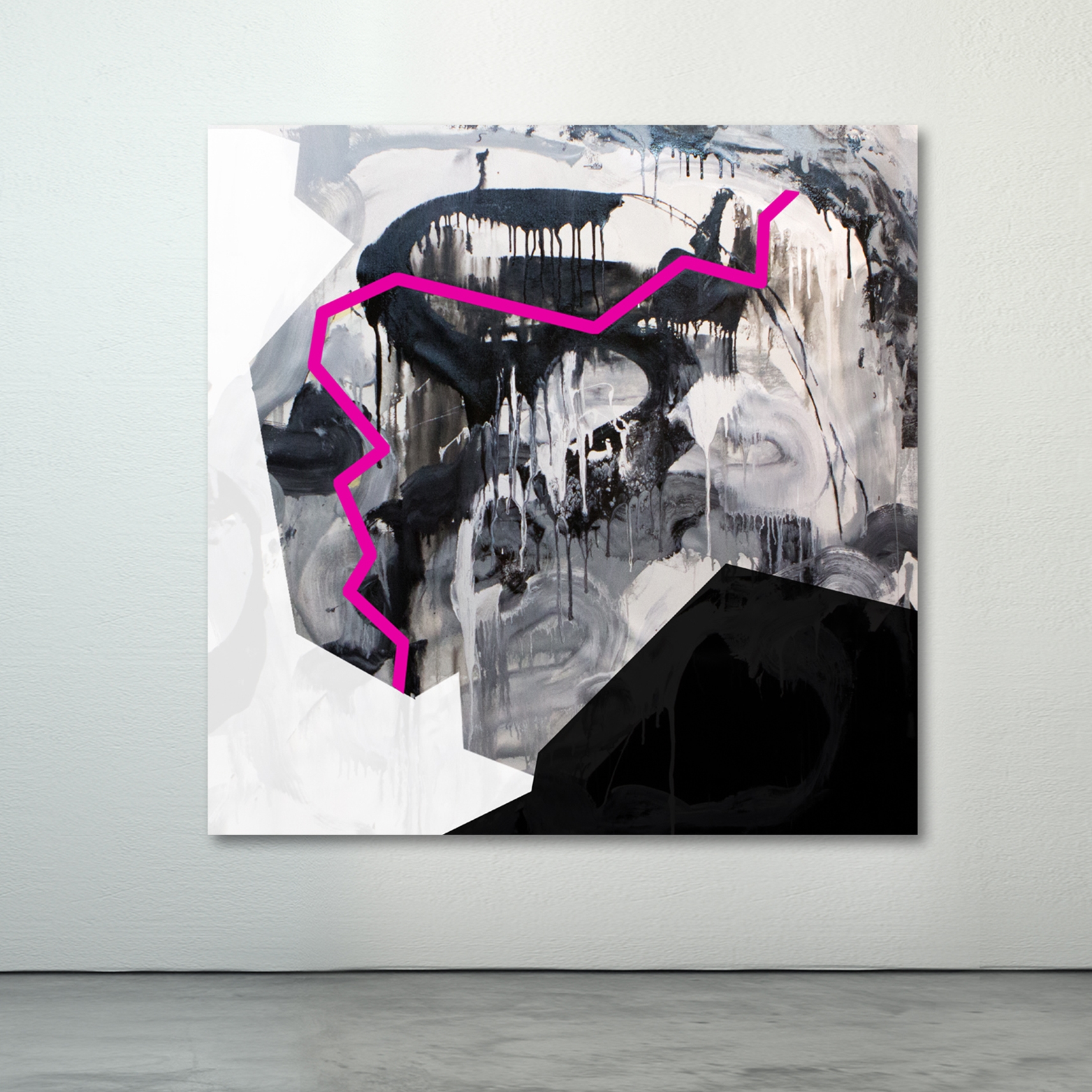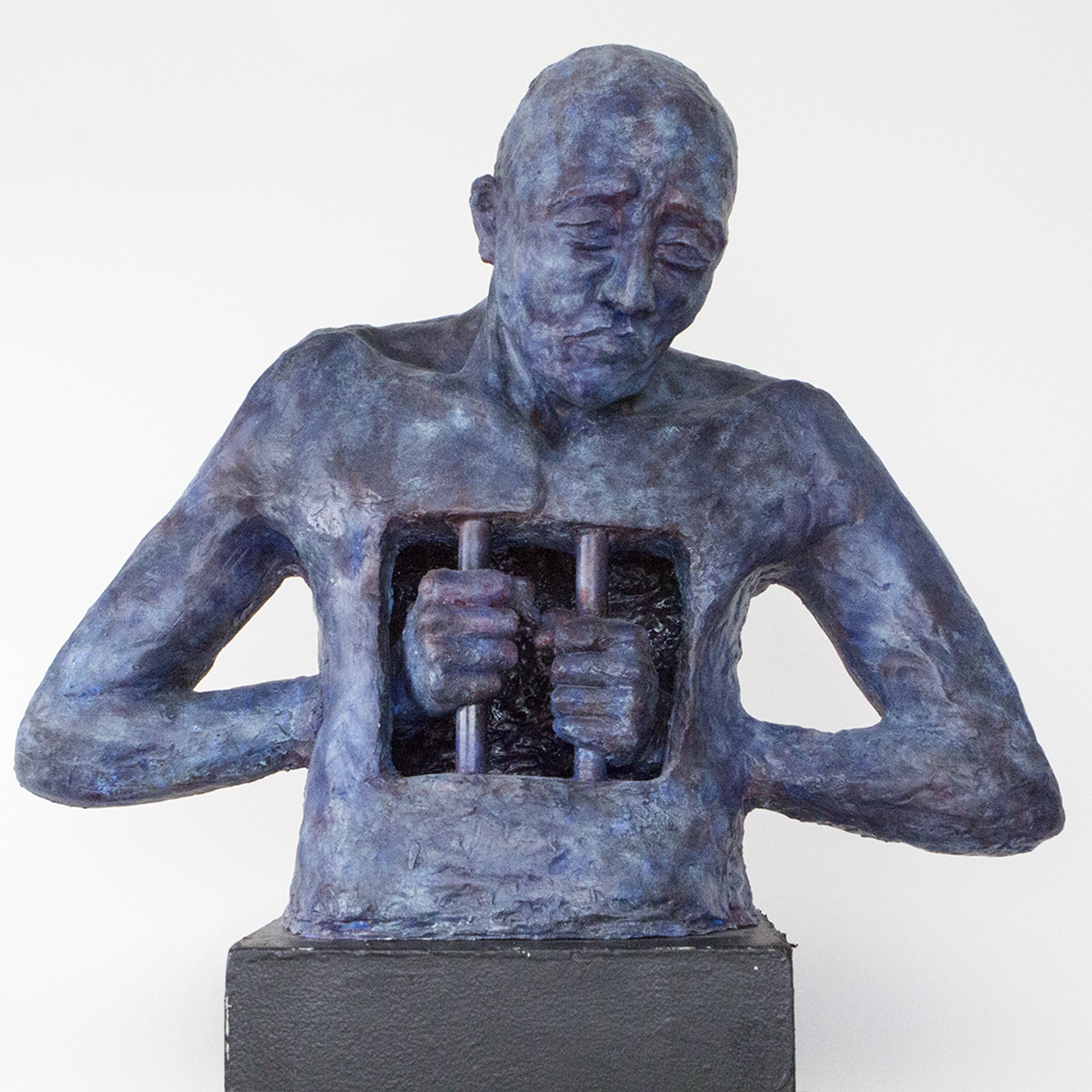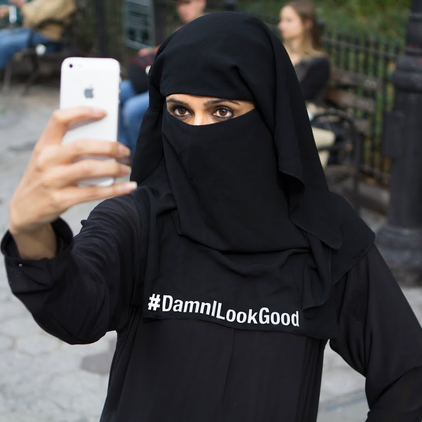A giant installation that targets predator drone operators

Case Study Video
In military slang, Predator drone operators often refer to kills as ‘bug splats’, since viewing the body through a grainy video image gives the sense of an insect being crushed.
To challenge this insensitivity as well as raise awareness of civilian casualties, a massive portrait was installed facing upwards towards the sky in the heavily bombed Khyber Pukhtoonkhwa region of Pakistan, where drone attacks regularly occur. Now, when viewed by a drone camera, what an operator sees on his screen is not an anonymous dot on the landscape, but an innocent child victim’s face.
The #NotABugSplat installation is also designed to be captured by satellites in order to make it a permanent part of the landscape on online mapping sites. The nameless child featured in the poster has lost both her parents and two young siblings in a drone attack.
The project was a collaboration between myself and other artists, including the french artist JR.
Reprieve, the foundation for fundamental rights, an NGO in Pakistan, was instrumental in helping us put the installation together. The installation was released with the hashtag #NotABugSplat. We traveled inside KPK province of Pakistan and with the assistance of highly enthusiastic locals, unrolled the poster amongst mud huts and farms. It is our hope that this will create empathy and introspection amongst drone operators, and will create dialogue amongst policy makers, eventually leading to decisions that will save innocent lives.
The project has recently been awarded a UN Award for Peace and Understanding. It has been displayed as part of Design Column exhibition at the Museum Boijmans Van Beuningen, Netherlands, highlighted on the Colbert Report and is a part of the BP Art Exchange at the Tate modern.
Children gather around the installation
Ground view of the gigantic poster of the child victim.
